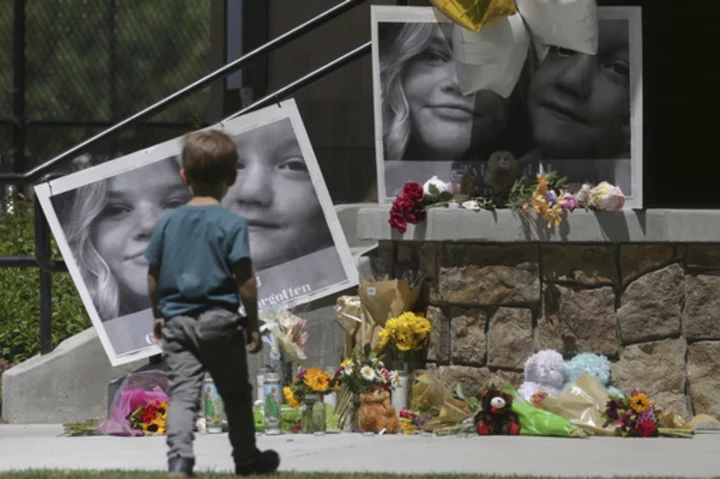
Money-hungry, or spiritually misguided? Jury weighs fate of slain kids' mom in triple murder trial
An Idaho jury is weighing two theories in the strange triple murder trial of Lori Vallow Daybell
2023-05-12 13:17

Chicago mother and daughter among at least 20 Americans missing in Israel
Judith and Natalie Raanan were visiting family members in the south of the country, near Gaza.
2023-10-11 05:24
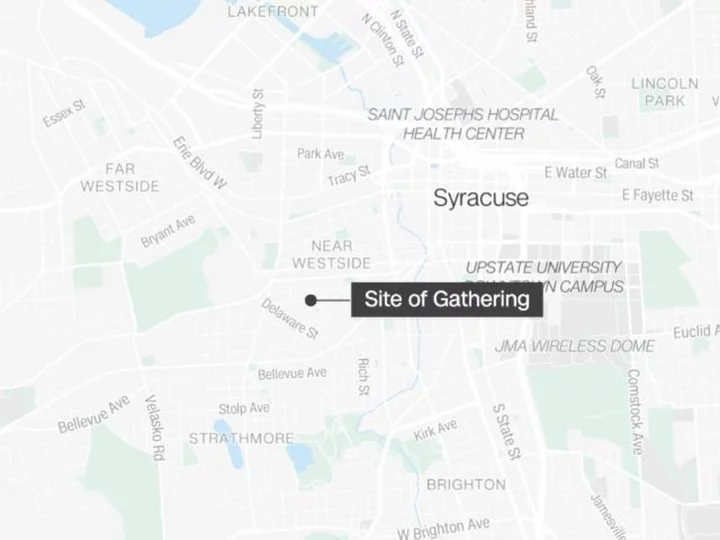
At least 13 people were shot, stabbed or hit by cars in large Syracuse gathering
At least 13 people were shot, stabbed or hit by cars when chaos broke out among hundreds of people gathered in Syracuse, New York, early Sunday morning, according to police.
2023-06-12 03:24

Dutch art sleuth recovers six historic paintings
A Dutch art detective dubbed the "Indiana Jones of the Art World" has recovered another six paintings, including a portrait of William of Orange and the...
2023-10-17 15:30
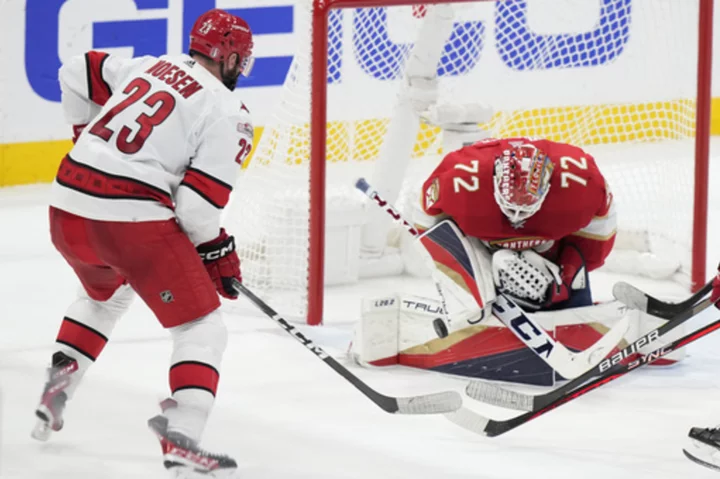
Bobrovsky gets shutout, Panthers top Hurricanes 1-0 for 3-0 lead in East final
Sergei Bobrovsky stopped 32 shots for his first career playoff shutout, Sam Reinhart scored a power-play goal midway through the second period and the Florida Panthers moved one win away from a most improbable trip to the Stanley Cup Final by blanking the Carolina Hurricanes 1-0
2023-05-23 10:55

Ariana Grande Then and Now: Singer's transformation from red-haired child star to pop icon
Ariana's beauty evolution reflects her growth as both an artist and a style icon
2023-09-16 21:54
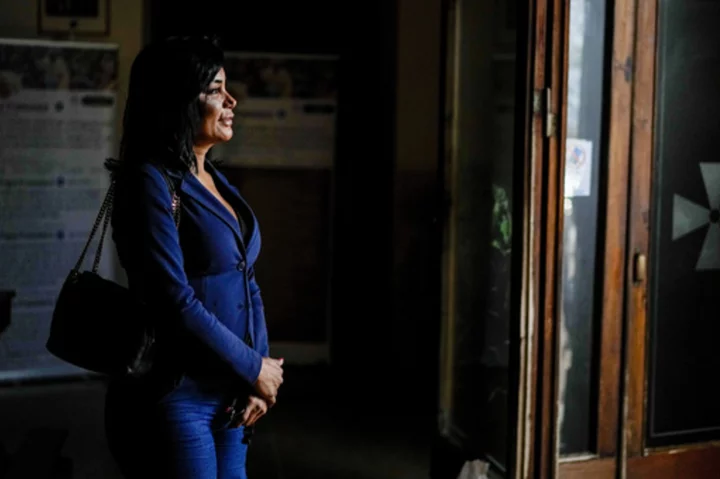
For this group of trans women, the pope and his message of inclusivity are a welcome change
Pope Francis is hosting a special lunch for more than 1,000 poor people to mark the Catholic Church's World Day of the Poor
2023-11-19 13:27
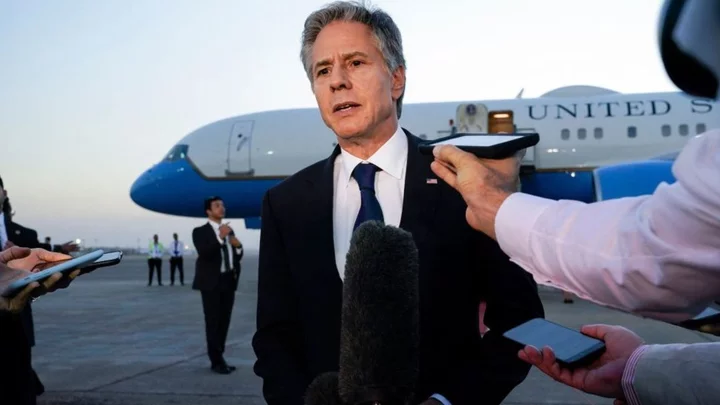
Antony Blinken holds talks with Prime Minster Netanyahu in Israel
His second trip to Israel in a week comes as the humanitarian crisis in Gaza reaches a critical point.
2023-10-16 22:53
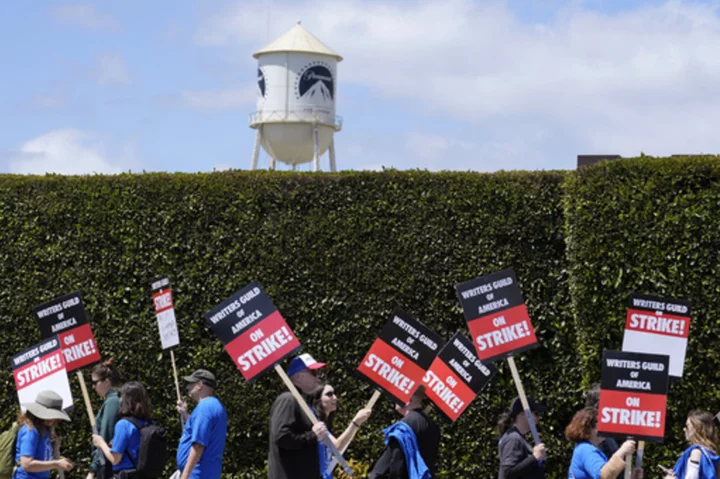
Striking Hollywood actors vote to authorize new walkout against video game makers
Striking actors have voted to expand their walkout to include the lucrative video game market, a step that could put new pressure on Hollywood studios to make a deal with the performers who provide voices and stunts for games
2023-09-27 01:19
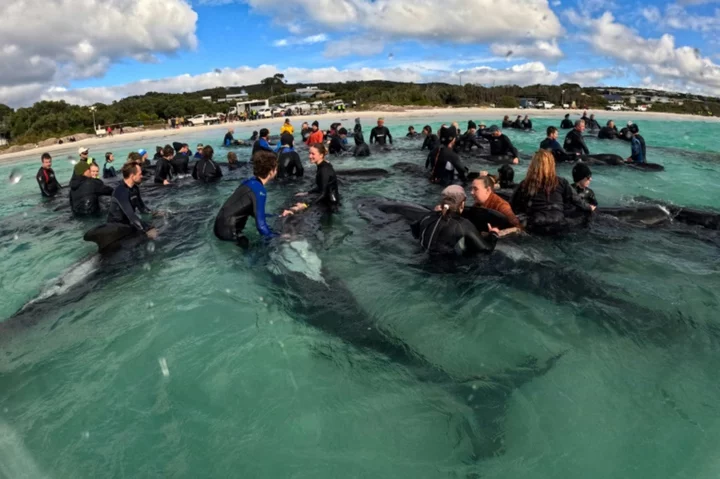
Entire pod of 97 pilot whales dies in Australia beaching
Nearly 100 pilot whales have died after beaching in Western Australia, wildlife officials said Thursday...
2023-07-27 14:48
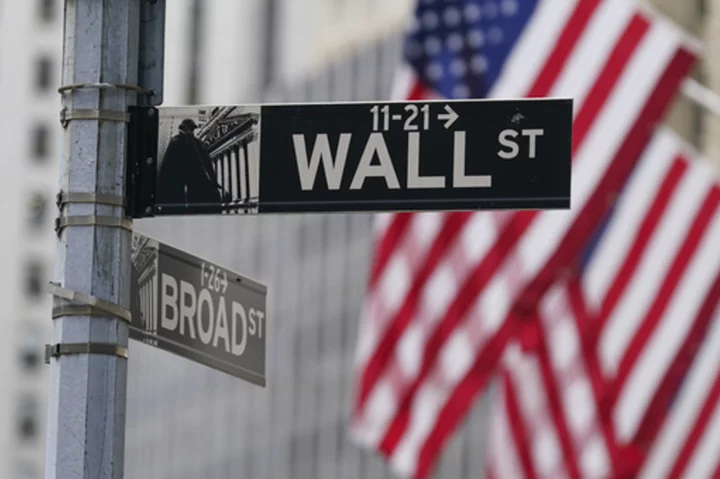
Stock market today: Wall Street stays steady, oil drops again
Stocks are drifting amid a vacuum of market-moving data
2023-06-06 22:23
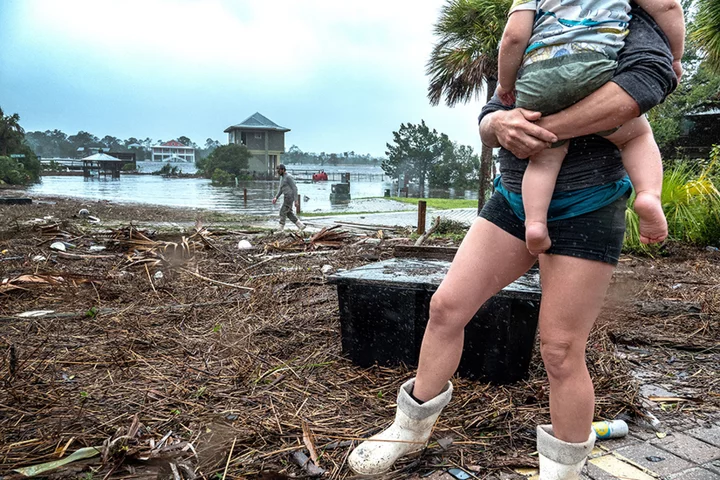
Hurricane Idalia's destruction, in pictures
Hurricane Idalia has hit Florida and is now crossing into Georgia, with nearly 280,000 people without power.
2023-08-31 01:59
You Might Like...
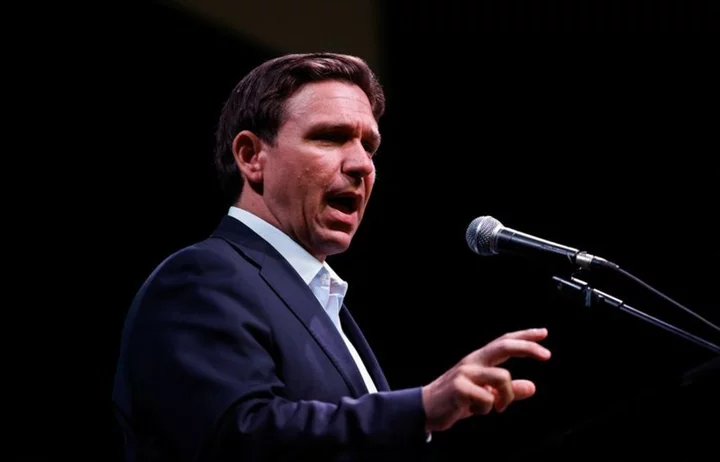
Florida's DeSantis bans pro-Palestinian student group

Israelis on a flight that made an emergency landing in Saudi Arabia return to Tel Aviv
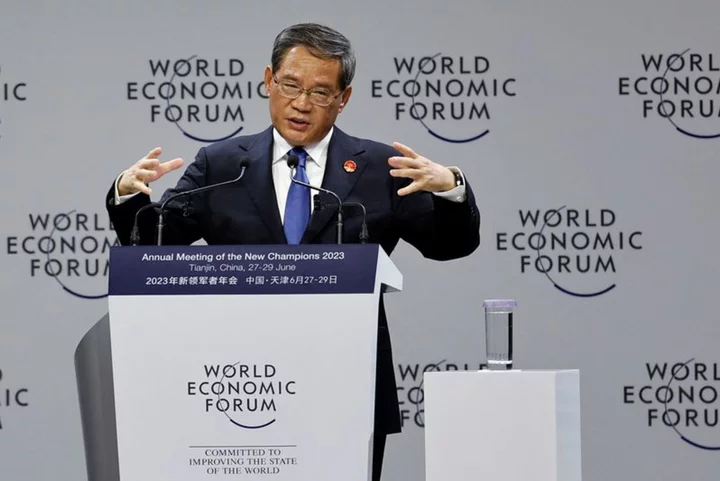
China's growth to be higher in Q2, projected to hit annual 5% target - Premier Li
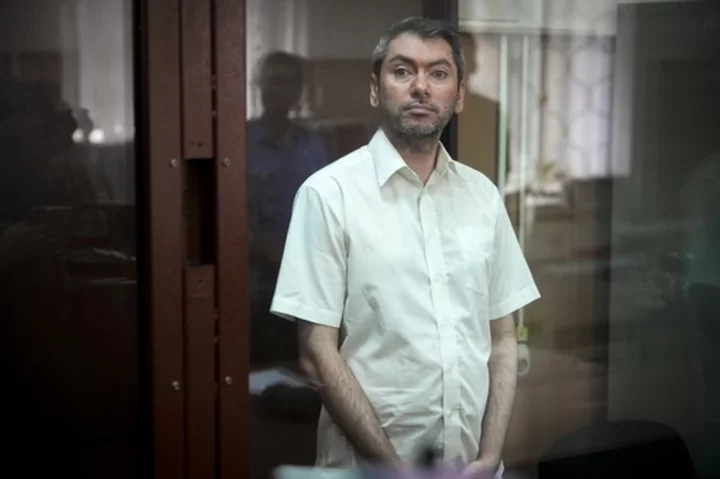
Russia shuts down human rights group that preserved the legacy of Nobel laureate Andrei Sakharov

Kick trolling Pokimane in TikTok promotional video leaves Internet in splits: 'Honestly a banger ad'

India fires first world record of Games as skateboarder, 9, has 'fun'
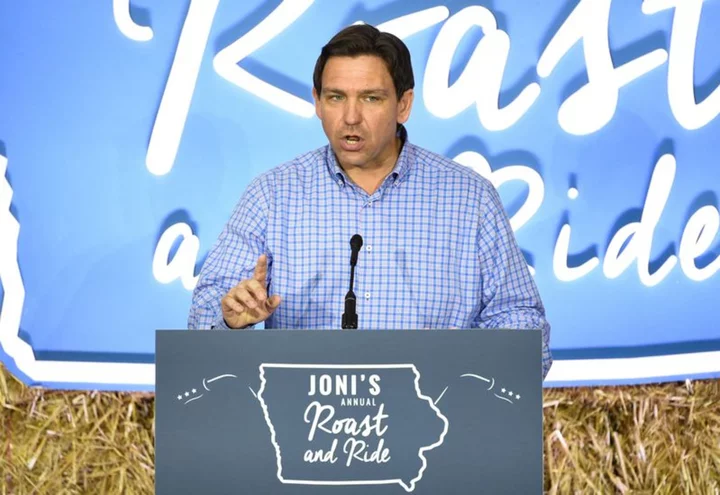
California probing whether Florida sent migrant flight to Sacramento
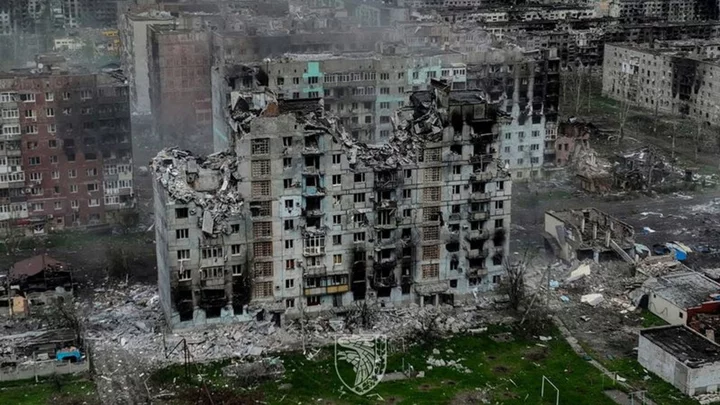
Russia says it inflicted heavy losses on Ukrainian forces trying to push forward
